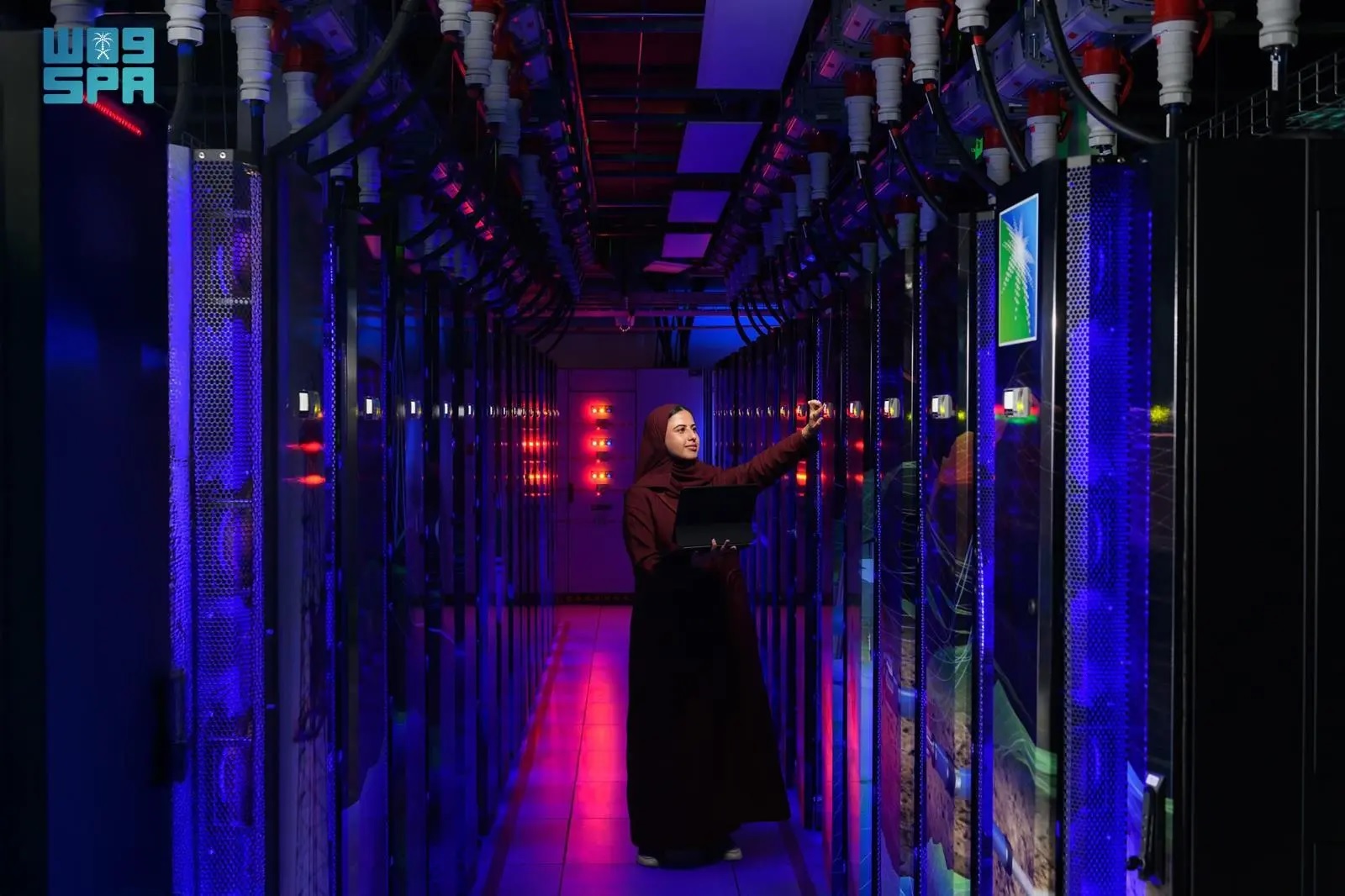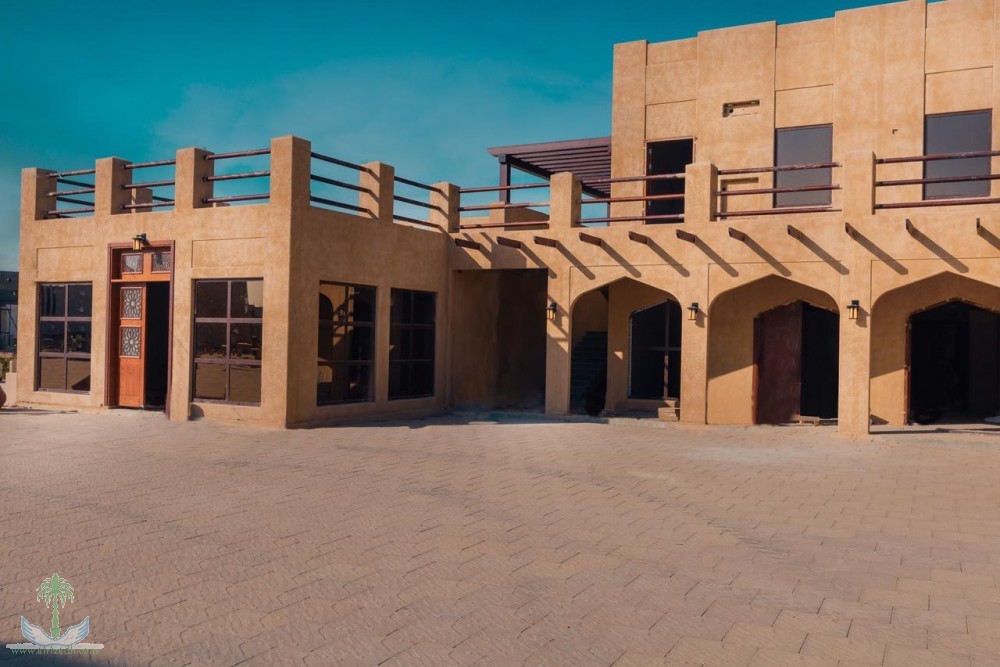
Aramco, NVIDIA Collaborate on Quantum Computing
Delivering energy to the world demands extraordinary capabilities, and Aramco, as a leading global energy powerhouse, takes pride in carrying the beacon of technological innovation to help advance the world's potential.
Aramco's Upstream is embarking on a digital transformation journey aimed at accelerating technological breakthroughs in the quest for energy. Inspired by the transformative Dammam 7 story — Saudi Arabia's first commercial oil well — and its namesake Dammam-7 Supercomputer — Aramco's most powerful supercomputer — the Upstream Digital Center (UDC), the digital arm of Aramco's Upstream segment, is ushering in a new era with quantum computing capabilities.
Using the Dammam-7 Supercomputer accelerated by NVIDIA graphical processing units (GPUs), Aramco has demonstrated one of the largest quantum computing emulators in the region, called Dammam-7Q (DMM7Q), in an ambitious collaborative effort with NVIDIA.
Quantum computing promises to transform how advanced computing can tackle the most complex problems facing a host of industries, including energy. Exploring new reserves requires sophisticated computational techniques, where geoscientists must draw on increasing computing power to process peta-scale seismic data and deliver accurate subsurface images.
Driven by the Upstream Digital Transformation, UDC aims to innovate at the frontier with quantum computing, through collaboration with NVIDIA, delivering innovations to harness the power of the hybrid supercomputers of tomorrow, said UDC Vice President Ashraf Al-Tahini.
In recent work with NVIDIA, Aramco has explored the utilization of an algorithm called the quantum Hadamard edge detection, specifically designed to take advantage of tomorrow’s quantum processors to dramatically enhance details in subsurface images.
The future of supercomputing is hybrid, where various architectures work simultaneously to expand the algorithms and applications that can be tackled by harnessing the power of advanced computing.
Senior Director of CAE, Quantum and CUDA-X at NVIDIA Tim Costa said quantum algorithms offer huge promise, but their development and deployment require coordinating the state of the art in both quantum and conventional supercomputing.
To accelerate quantum computing adoption, Aramco innovators are drawing on the NVIDIA CUDA-Q platform to run GPU-accelerated emulations of future quantum computing hardware, allowing them to develop and assess quantum algorithms that can be used for geosciences.
Furthermore, CUDA-Q has enabled Aramco to explore how actual quantum algorithms will run on hybrid systems that leverage both conventional processors like CPUs and GPUs alongside quantum hardware, simplifying the distribution of computational tasks between these different coprocessors.
Using CUDA-Q, Aramco has been able to emulate up to 30 qubits per GPU, scaling to more qubits utilizing multiple GPUs in the Dammam-7 Supercomputer to detect 3D seismic faults on a full 3D seismic dataset. This success delivered a pioneering quantum-based algorithm, marking a new frontier for upstream computing.
Costa said the collaboration with Aramco demonstrates how transformative applications can be discovered when quantum researchers have the right platform for accessing accelerated computing.
This work marks a collaboration between Aramco and NVIDIA to explore the hybrid quantum-classical supercomputers of tomorrow.








